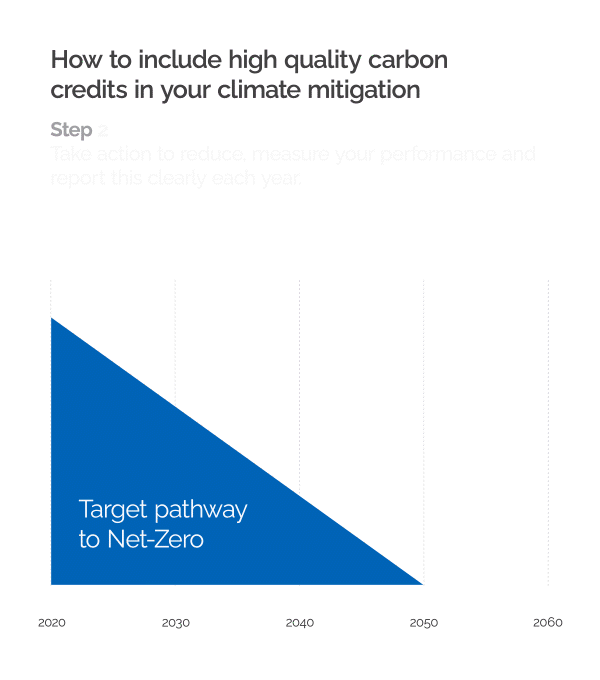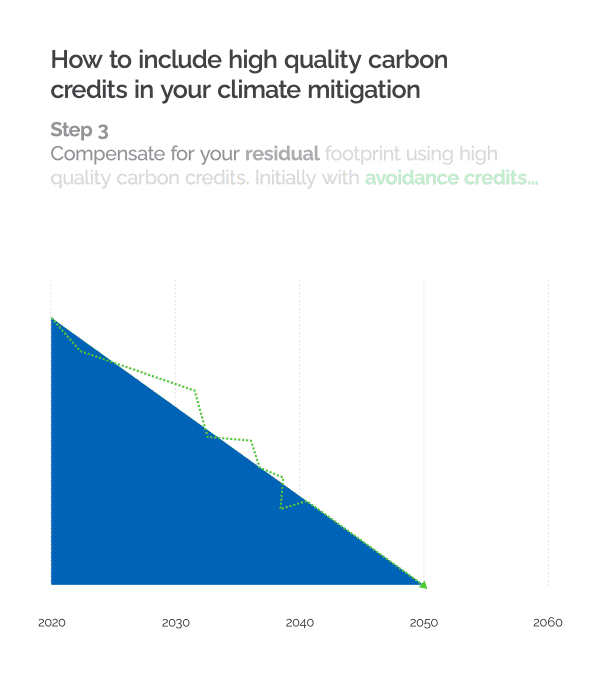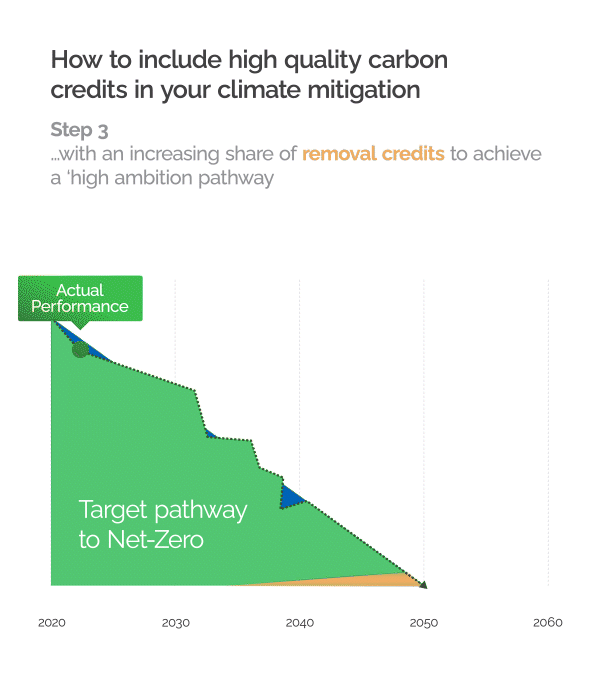The climate crisis is universal. Rapid global warming is already affecting individuals, communities and natural habitats around the world. Worse, and tragically, the greatest future impact will be borne by those living in more vulnerable environments, with the least resources to adapt to rapid change – which includes rising sea levels, more frequent droughts and wildfires, or more intensive storms.
The global community is increasingly recognising the impetus to act urgently if we are to collectively achieve the consensus scientific view enshrined in the Paris Climate Agreement of limiting global temperature rise to 1.5 degrees C. Since zero emissions are technically unachievable (given that some emitting processes are unavoidable, like food production), negative emissions from exogenous efforts are needed to achieve a collective net zero.
Why is it needed?
The work of negative emissions (proactive removal of greenhouse gases from the atmosphere) should naturally be done by those who have contributed most to historic emissions and continue to be the major contributors of atmospheric Greenhouse Gases (GHGs), the primary driver of global warming.
In addition to their share of responsibility, these nations and companies are also best placed to mitigate climate change as they have more financial resources and technical capabilities to realise negative emission solutions faster at scale.
As climate change worsens, more and more multinational corporates and smaller companies are looking at themselves in the mirror. The most progressive have already voluntarily gone beyond their local or regional regulatory obligations to create a holistic and responsible climate change strategy. Leading companies have announced net-zero pledges. This lends external accountability to their internal commitments.
To achieve net-zero, a long-term goal for the whole corporation is needed. A viable strategy is one which balances feasible carbon emissions reductions with carbon compensation through the preservation of existing major carbon sinks on land eg. forests, mangroves, peatlands and in our oceans eg. seagrasses, kelp farms, since there is no point in achieving the former while the extractive power of the latter is degraded (or has to be restored at a higher cost subsequently).
Creating a viable strategy including carbon credits
A viable climate mitigation strategy starts with mapping out feasible targets and pathways for the corporation to decarbonise responsibly. These strategies should both remain in line with scientific consensus and be directed by a clear carbon mitigation hierarchy.

After defining the pathway, the company needs to first reduce its total baseline of direct and indirect supply chain emissions (Scope 1, 2 and 3) in line with latest climate science until nothing more can be done (when only hard infrastructure remains). Following which, residual emissions, such as ‘hard-to-abate’ Scope 1 and 2 emissions; Scope 3 emissions out of the company’s direct control; or historical emissions, should be compensated for, through carbon removal credits.
It is critical that carbon credits are responsibly integrated into a company’s climate mitigation strategy. This demonstrates high ambition to achieving net-zero on an ongoing and perpetual basis, rather than achieving net-zero only as an endpoint. While there is no official standard for net-zero, a practical definition has been laid out by the Science-Based Targets initiative (SBTi).
A corporate that relies only on buying credits from carbon reduction projects (eg. reducing CO2 released into the atmosphere by renewable energy generation) to abate its own direct emissions (scope 1 and 2) without a plan to decarbonise, is simply displacing difficult but necessary decarbonisation efforts. Its achievement of short-term ‘carbon-neutrality’ (of the company, or its products/services) through offsetting alone can expose them to criticism of “greenwashing” their emission-bearing activities. While ‘carbon-neutral’ is a good stepping-stone for a business developing a sustainability strategy – certainly better than doing nothing – , it is not on its own enough to achieve a 1.5 degrees C pathway.
An example of a high-ambition pathway to net-zero




Creating a comprehensive strategy can be a complex effort because each corporation faces unique circumstances. Nevertheless, a corporation does not have to wait until it has developed a ‘perfect’ plan. Rather, each company should take urgent action to begin to reduce their emissions and learn while doing.
Long-term impact of carbon credits
Without carbon credit-bearing projects that are actively avoiding further emissions or actively removing emissions, it will be harder to restore an atmospheric balance with decarbonisation efforts in later years. Carbon credits are also a more economical means of climate change mitigation, as belated actions could result in more cost to restore cities and ecosystems from damages due to climate shocks.
Beyond pure climate change mitigation, many carbon credits are essential market mechanisms for directing much-needed financing to support socio-economic development of more vulnerable local communities concentrated in the Global South, and to protect the valuable bio-diversity of existing carbon sinks worldwide – including primary rainforests, shoreline ecosystems and precious marine habitats.
In many cases, a corporation can ‘kill two (or more) birds with one stone’ by investing in projects that deliver emission reductions and a host of sustainable development goals (SDGs defined by the United Nations). These local projects often have a strong affinity with the corporation’s own customers, employees, supply chain partners or stakeholders – and are rightly viewed as a means of responsibly ‘giving back’.
Find solutions tailored to your needs

For Corporate Buyers
Buy and retire verified carbon credits and RECs with flexible procurement and deep market expertise to support sustainability goals.

For Traders & Intermediaries
Enhance trade execution and liquidity through robust market infrastructure and efficient settlement with a broad counterparty network.

For Project Suppliers
Tap into a global network of buyers to secure spot or forward demand, while ensuring fair pricing for carbon credit and REC projects.









